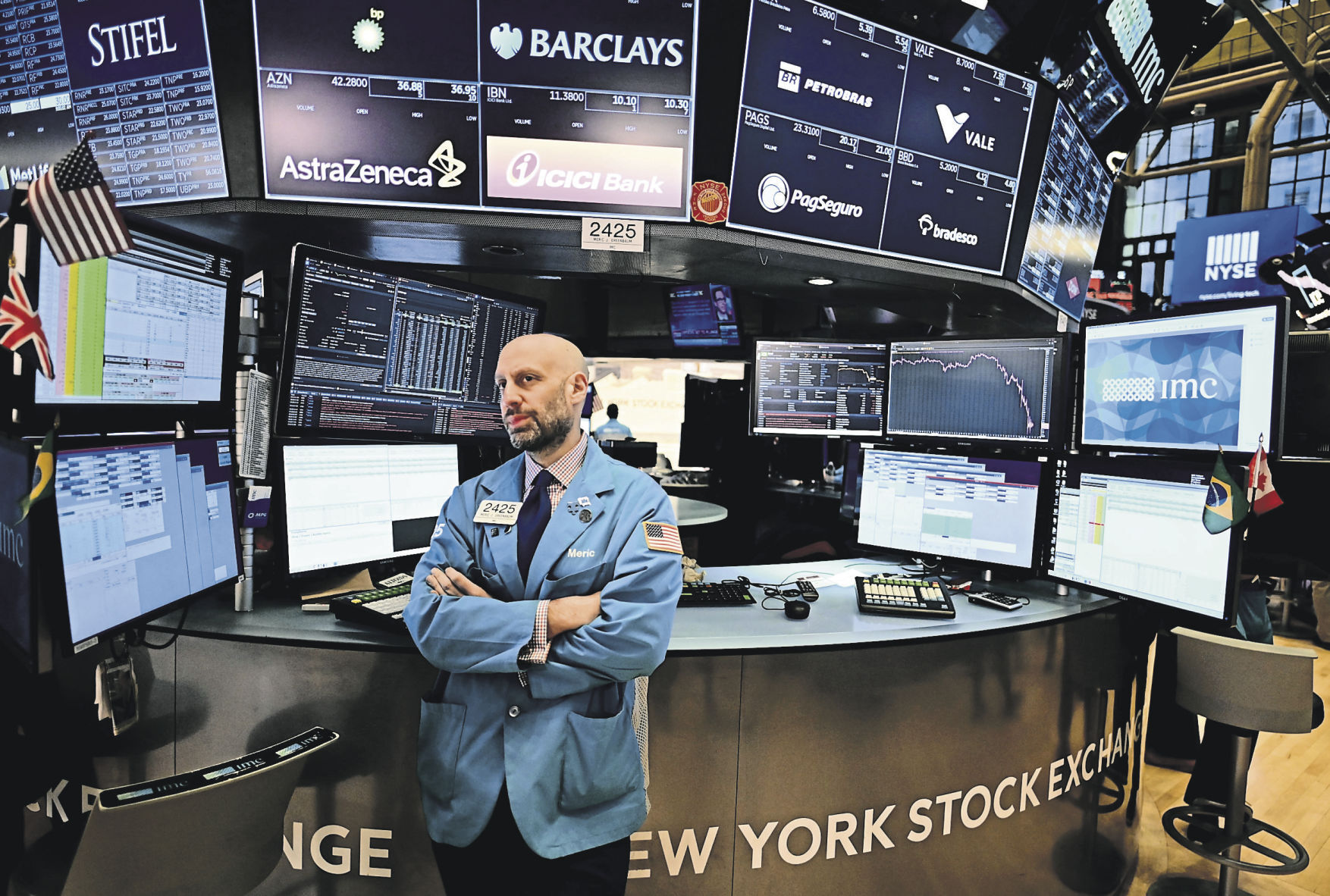The Chorus of Worriers convenes daily, as it has for years. A market decline is coming, they say. Maybe a big one. Likely soon. Perhaps, like the long-awaited California earthquake, it will be The Big One.
The worriers aren’t fools.
They have good reason to be concerned. Use almost any common metric, and stocks are overpriced. All stocks. Everywhere.
Two popular measures tell us a lot. The Shiller index, for instance, tells us that stocks are priced at historic, hyperbolic levels. Right up there with 1929 or the Great Internet Bubble at the turn of the century.
Another metric, regularly used by the late indexing visionary Jack Bogle, tells us that future stock prices will be the sum of three things: Dividend yield, earnings growth and the change in price-to-earnings multiple.
Even if you assume that corporate earnings will continue to grow at their historical average pace, future returns will definitely be reduced by today’s low dividend yield. And it’s far more likely that the P/E multiple will be lower in the future, not higher. Basically, stocks are swimming against the tide.
The only possible conclusion, many believe, is that it is time to sell.
I beg to differ, even though I agree with the basic analysis: Stocks are overvalued.
Being overvalued doesn’t keep stocks from rising further. Investment manager Jeremy Grantham was famously correct about the excesses of the internet bubble. But he was correct years before the bubble burst. He missed a lot of opportunity.
So what’s a worrywart to do?
One option is to take some comfort in the long-term return of stocks relative to other investments by examining the odds of having a positive return over different periods. To do this, I asked the researchers at Morningstar to develop figures for the return on large company stocks. It would be using what most consider to be the definitive database, the original Roger Ibbotson data beginning in 1926 with its software, Morningstar Direct.
I asked for figures for periods of one to 10 years in increments of one year, then in increments of five years out to 35 years. Today, even if you are looking at 35-year investing periods, there are 66 samples, albeit with substantial overlap.
In addition to determining what the odds were of having a positive return for any period, I also asked the odds of beating inflation and the odds of beating intermediate-term government bonds.
The results encourage buy-and-hold, long-term investing.
Here are some of the findings.
- In any single year, large company stocks are a reasonable bet. They have a 73.7% chance of having a positive return, a 68.4% chance of beating inflation and a 65.3% chance of beating intermediate-term government bonds.
- The odds steadily improve as the investment period increases out to six years. By the time you’ve held large company stocks for six years, there is a positive return 90% of the time and you’ve done better than inflation 82.2% of the time. You’ve also done better than intermediate government bonds 72.2% of the time.
- In seven to 10 years, the odds fluctuate modestly, improving slightly. For a 10-year investment period, there is a 95.3% probability of a positive return, an 88.4% chance the return will beat inflation and an 82.6% chance the return will be higher than intermediate government bonds.
- In 10 to 15 years, the odds continue to improve. In all 81 of those investing periods, 100% of large company stock investments had a positive return, the return bettered inflation 95.1% of the time and exceeded the return on intermediate government bonds 84% of the time.
- In 15 to 20 years, large company stocks prevail. Their returns are positive and beat inflation 100% of the time in all 20-year periods. And they beat intermediate bonds 98.7% of the time.
- In 25 years or longer, large company stocks have positive returns, beat inflation and return more than intermediate government bonds 100% of the time.
What these figures tell us is that unless you know exactly when stocks will decline, the best bet is to hold on and do your best to avoid any need to sell stocks when prices are lower.
How do you do that?
You can’t do it perfectly. But you can put the odds in your favor by holding enough money in cash, short-term investments and intermediate-term bonds to cover your needed spending for five or more years. If you are spending at a traditional safe withdrawal rate of about 4%, that means 20% to 40% of your portfolio.
Burns writes for The Dallas Morning News.


